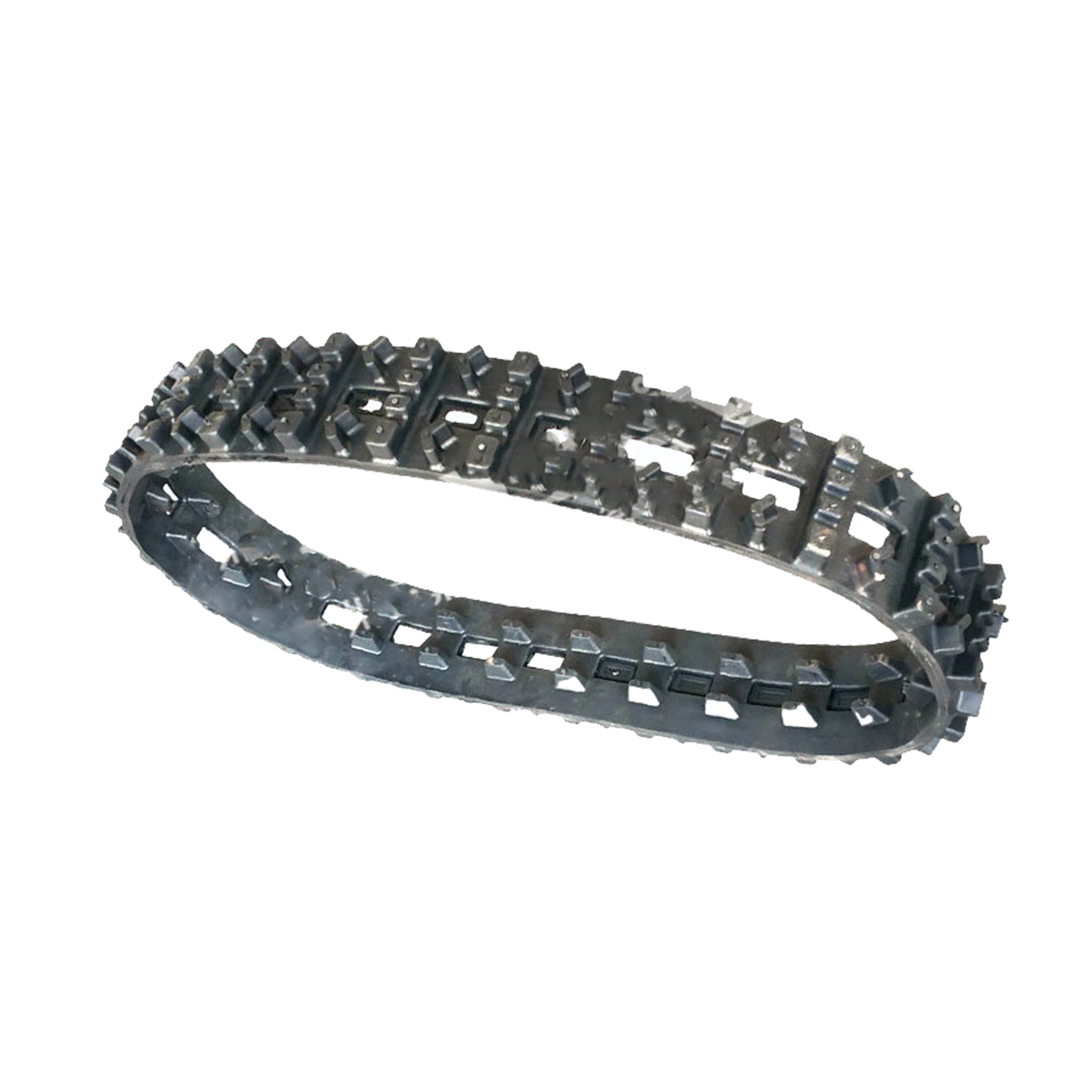Rubber tracks have become a preferred solution for various heavy-duty and recreational vehicles due to their versatility, reduced ground disturbance, and ability to navigate challenging terrains. Whether for a compact excavator, a standard digger, or an all-terrain vehicle (ATV), selecting the correct rubber tracks involves understanding available options, sizing considerations, and application-specific features.

Rubber tracks for excavators are designed to improve traction, minimize surface damage, and enhance mobility on soft or uneven ground. Depending on the work environment, operators can choose from several optional features to match their equipment and job site demands.
One optional choice is tread pattern design. For example, straight-bar tread patterns offer forward traction, making them ideal for soft soils or slopes, while block-style treads provide balanced performance on mixed terrain, including pavement and gravel.
Another customizable feature is track width. Wider tracks distribute weight more evenly and reduce ground pressure, which is particularly useful on muddy or loose terrain. Narrower tracks, on the other hand, may be better suited for confined spaces or indoor demolition.
Some excavator rubber tracks also come with reinforced steel cores or Kevlar belting for added strength and resistance to punctures or internal separation. Additionally, operators can opt for anti-vibration designs, which enhance ride comfort and reduce machine wear.
Lastly, certain models offer non-marking rubber compounds, useful for indoor use or on delicate surfaces like paving stones where conventional black rubber might leave marks.
The dimensions of rubber tracks for diggers are a crucial factor in both machine compatibility and performance. Choosing the correct dimensions ensures proper fitment, traction, and load distribution while preventing premature wear or mechanical damage.
Rubber track dimensions are typically specified in three numbers: track width, pitch, and number of links. For example, a common digger track size may be written as 300x52.5x84. In this case, 300 mm is the width of the track, 52.5 mm refers to the pitch (the distance between link centers), and 84 is the total number of drive links.
Track width affects stability and flotation. Wider tracks offer better support on soft or muddy ground, while narrower ones allow better maneuverability in tight areas. For compact diggers, widths may range from 180 mm to 400 mm, while larger models could require tracks up to 600 mm wide or more.
Pitch is often standard within a particular machine size class, but it's essential to match it correctly with the machine's sprockets and undercarriage system. Incorrect pitch can cause skipping, wear, or damage.
The number of links is another essential element, determining the overall length of the track. Too many or too few links can affect track tension and performance. Many manufacturers provide specific sizing guidelines based on the make and model of the digger.
When looking at ATV rubber tracks for sale, users are often interested in enhancing the off-road capabilities of their vehicles, especially for use in snow, mud, or rocky environments. Rubber track kits for ATVs replace traditional tires and provide traction, flotation, and ground contact.
Many ATV rubber track systems consist of four independent track modules—one for each wheel—connected to the existing hub assemblies. These kits are typically designed for specific models or brands, but some universal systems are available. Before purchase, it is essential to check compatibility with suspension geometry, drivetrain power, and frame clearance.
Key factors to evaluate include the track footprint size, construction material, and drive sprocket design. High-performance ATV rubber tracks often feature reinforced rubber, steel cores, and low-resistance rollers to reduce friction and wear.
Many ATV rubber tracks for sale include modular systems that can be converted for seasonal use. For example, a user may prefer a wider track for winter snow travel and a narrower, lightweight version for forest trails in summer.
It's also common to find aftermarket kits with maintenance support, such as replaceable bearings, tensioning tools, and warranty services. When browsing ATV rubber tracks, buyers should weigh not just the price, but also durability, parts availability, and manufacturer support.